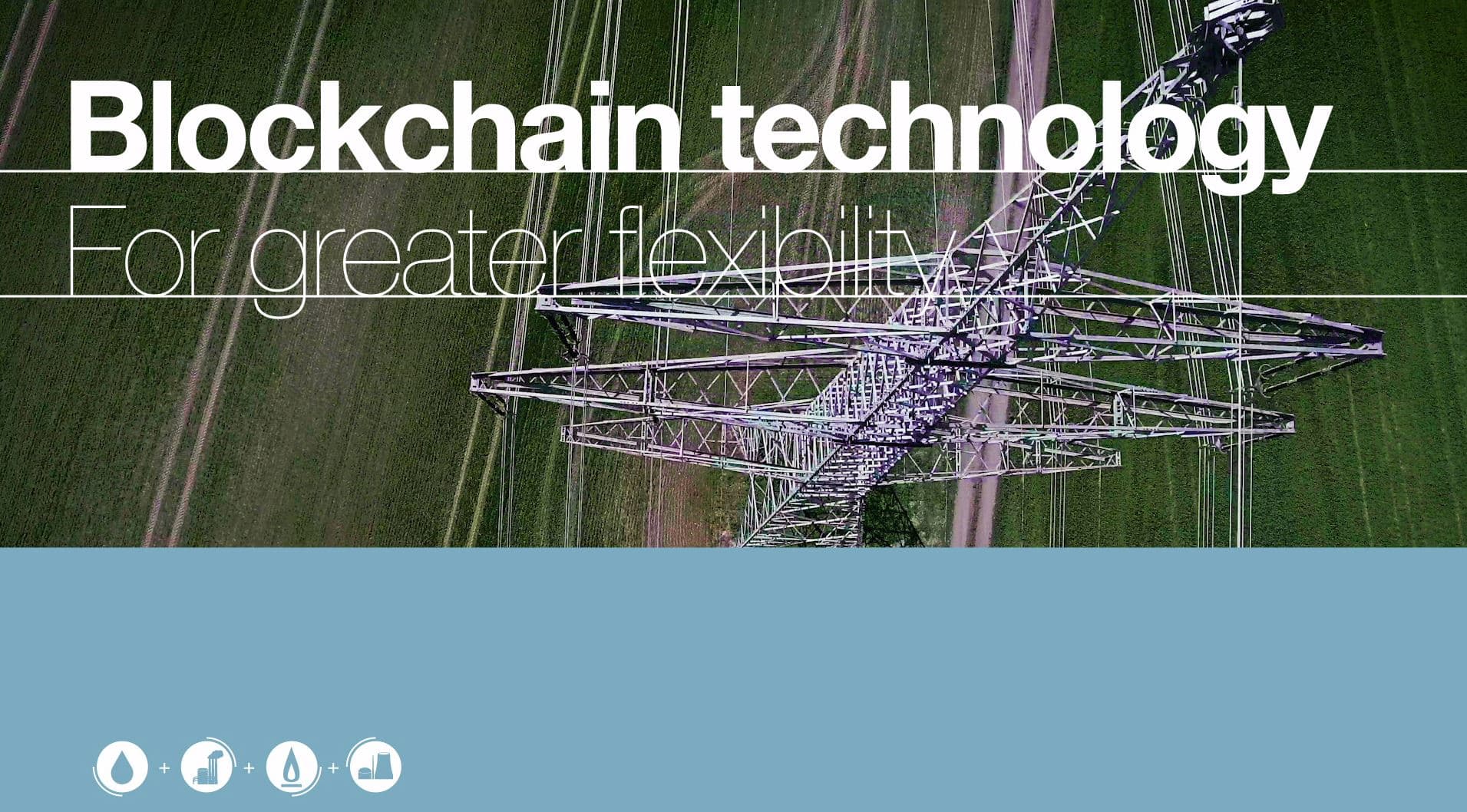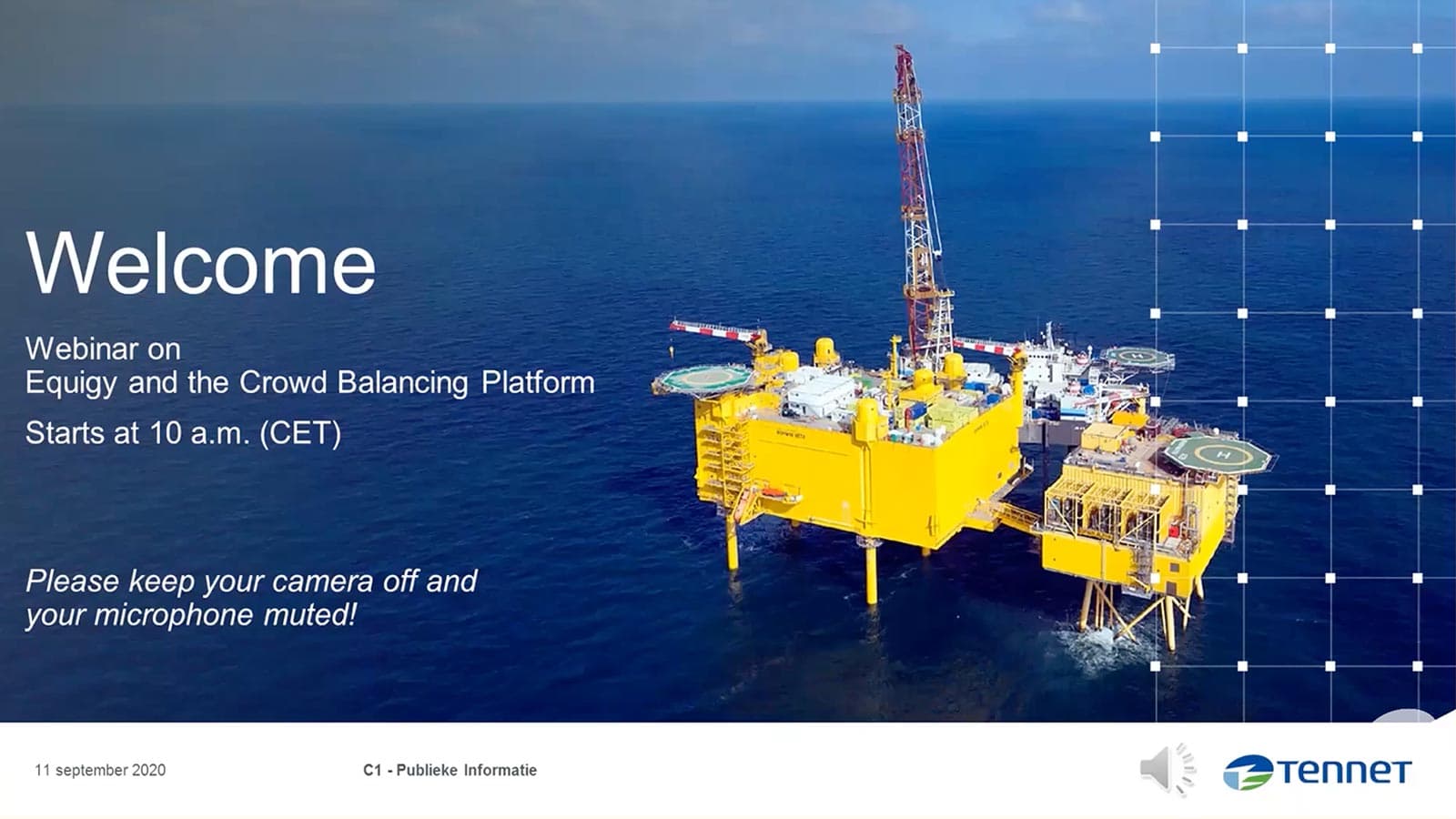
Crowd Balancing Platform - Blockchain Technology
Can interconnected home storage systems or electric car loading stations contribute to power grid stabilisation? TenneT is using innovative blockchain solutions in pilot projects in Germany and the Netherlands to facilitate flexible access to decentralised capacities.
Challenges inherent to the energy transition
The increasing proportion of renewable energy in electricity production poses growing challenges for transmission system operators. Since solar and wind power are subject to weather-dependent fluctuations, TenneT is looking for options for controlling infeed in a more flexible way and avoiding expensive network interventions to stabilise the power grid.
Read more about Perspectives on Future Flexibility Needs in the Electricity System
Storing renewable energy
If more wind power is generated than can be transported, wind turbines need to be locked. To date, the energy remains unused since there are no individual storage systems available for large volumes of power. By contrast, the number of home-based storage systems for private solar equipment and e-vehicle charging stations is continually growing. However, these capacities are scattered across wide distances.
Blockchain technology
A ‘blockchain’ is a database whose records, or blocks, are linked and secured cryptographically. It ensures an especially high level of transparency and enables transactions between market participants to be verified. Sounds complicated? It is. The most important aspect for TenneT: the innovative technology enables decentralised data exchanging which is as quick as it is secure.
About Equigy
From Blockchain pilot to Crowd Balancing Platform - Equigy
TenneT has set up a pilot in the Netherlands together with energy company Vandebron. This start-up company, based in Amsterdam, offers TenneT access to the flexible storage capacity of a network of interconnected electric vehicles and charging points.
In Germany, TenneT is carrying out a Pilot with sonnen eServices, located in Allgäu (southern Germany). This will give TenneT access to the flexible storage capacity of a network of interconnected home batteries. The sonnen operational center connects the home batteries, and constantly adjusts the management of the loads in the batteries to the grid situation at that time.
The concept has been proven during these Pilots, the use of blockchain technology and is currently being further developed in the Crowd Balancing Platform – Equigy.
In the Netherlands the aFRR product can currently be delivered by BSPs via the Crowd Balancing Platform. In Germany TenneT is investigating the application of redispatch on the Crowd Balancing Platform.

Challenges in the energy transition
Manon van Beek about energy transition and flexibility on the grid
The energy transition brings challenges and opportunities. The amount of renewable energy generated is increasing rapidly at new and unconventional locations. This requires more transport, also over longer distances. Our task as TenneT is to drastically increase transport capacity and keep the energy transition affordable. The grid balance is the next challenge. After all, in the future it will no longer be so easy to switch gas power plants on and off. In order to stabilize the grid and secure the hours when the sun does not shine and the wind does not blow, we need flexibility at a decentralized and central level. Power highways connecting countries and electricity markets (interconnectors) give us extra flexibility. We also access decentralized flexibility via a blockchain platform: the Crowd Balancing Platform Equigy.


Learn more about TenneT and the Crowd Balancing Platform - Equigy
By developing the Crowd Balancing Platform TenneT wants to open up the market to more providers of flexibility, to balance the grid with distributed flex (e.g. house batteries, electric cars, etc.).
The energy transition makes it possible for more and more people to generate and return energy when there is a demand for it on the grid. Distributed flex is a solution for TenneT and other TSOs to keep the grid in balance. This is part of our energy transition. The distributed flex is accessed by blockchain technology embedded in the Crowd Balancing Platform. This means that all transactions are stored in a secure, traceable manner. For more information please visit the website of Equigy.
The Crowd Balancing Platform is particularly interesting for aggregators (balance managers, in short BSPs and BRPs), but also for OEMs (e.g. measuring parties or manufacturers of electric vehicles or other devices) and ultimately consumers via these parties. On the website of Equigy is a growing list of use cases.
If you want to participate on the German or Dutch market or if you want more information about TenneT and the Crowd Balancing Platform, you can indicate this via CBP(at)tennet.eu
More information about the international TSO collaborations and Equigy we refer you to the contact site of Equigy.
Webinar about the Crowd Balancing Platform - 11 September 2020

